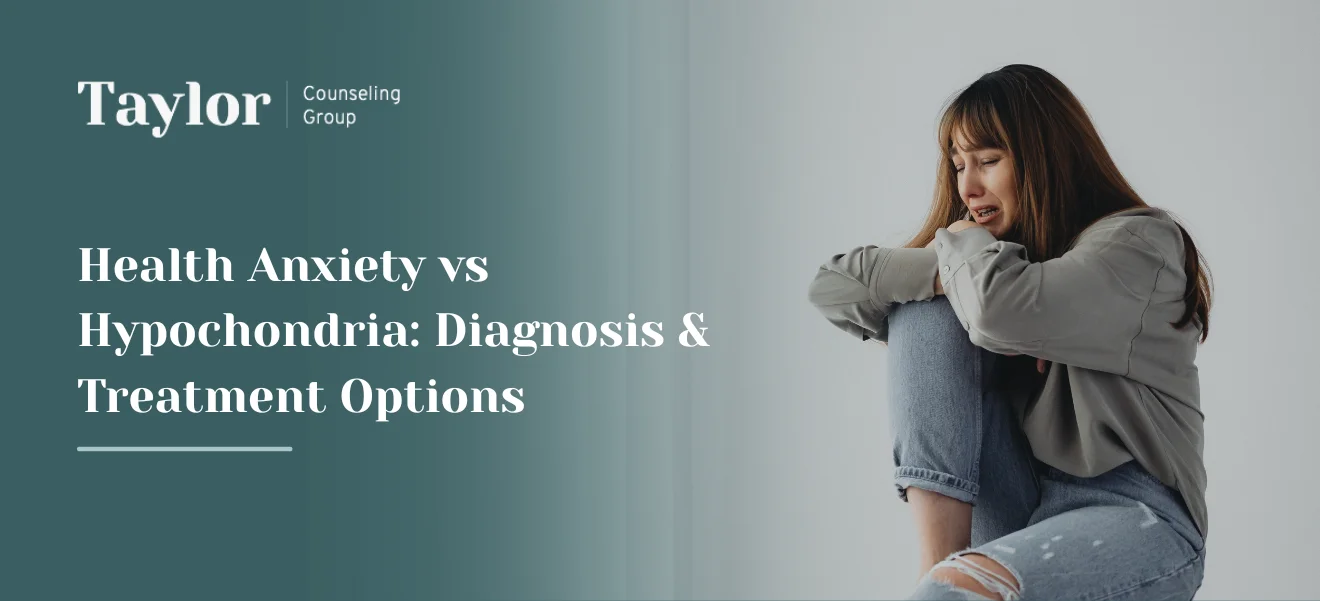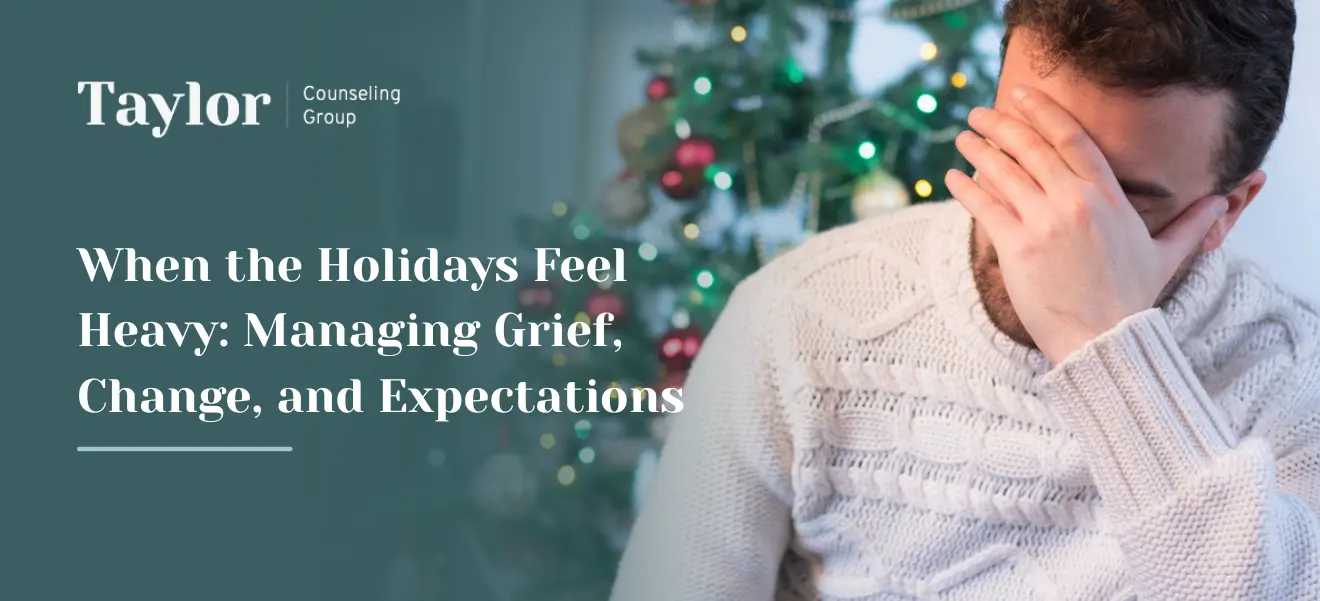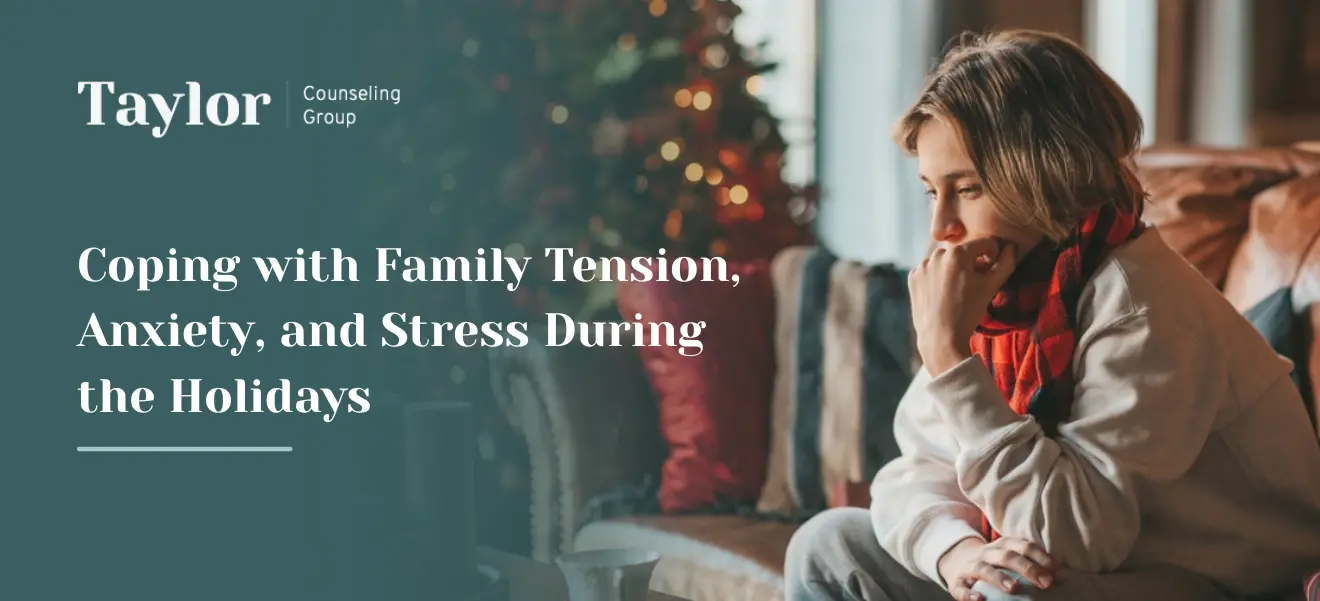In our culture, being happy or positive is considered desirable. In some cases, it is so coveted that people act like everything is OK when it is not, which can lead to problems.
What Is Toxic Positivity?
Positivity is largely a good thing. Emotions such as gratitude, joy and content are genuinely healthy. However, when we work at portraying ourselves as happy or positive when we are not, this is known as toxic positivity. It can be defined as “positive at all costs” and can have serious negative consequences.
Toxic positivity can stem from two sources. It can be external, such as when someone tells an upset person to “be happy” or “be grateful.” In this case, the line between toxic positivity and gaslighting can be thin. Gaslighting occurs when someone tries to make another person question their perceptions and reality. Toxic positivity can have this effect when someone who is upset is told repeatedly “it’s not so bad,” which can unintentionally undermine their feelings.
Toxic positivity can also be self-inflicted. A person may put a happy face over depression, upset or distress to avoid causing others pain. They may worry about how their emotions may be received. Or, they may be trying to subvert negative feelings because they are uncomfortable with them.
Toxic positivity is a problem because it does not address an underlying feeling or issue. Instead, it places a fake happy veneer on it. Worse, it can undermine relationships because someone who pretends to be happy is not being genuine.
Why It’s OK to Not Be OK
It can often seem like everyone is happy, and this can place additional pressure on you to show your best face. However, it is acceptable to be upset, angry or unhappy sometimes. There are truly no “positive” or “negative” emotions, and you are fully entitled to the way you feel. Exploring the full scope of your feelings can set the stage for an emotionally richer, more authentic life.
How to Deal With Toxic Positivity
If you are dealing with toxic positivity, you may want to:
- Get in touch with your emotions: Journaling, creating art around your genuine emotions or even sitting with your feelings lets you feel your true emotions. If you have been hiding for a while, it may take some time to figure out what you are really feeling. Connecting with yourself also gives you a safe and expressive outlet.
- Unplug from social media and toxic spaces: If someone tells you to be happy all the time — or if you constantly feel pressure on social media to put your best face forward — give yourself permission to step away from these influences for a while.
- Find people you can trust: Look for healthy relationships where you feel safe expressing your emotions.
- Get therapy: If you struggle with communicating your real feelings or cannot constructively deal with upset, anger or sadness, a therapist can help you learn skills to express yourself authentically and safely.
Learn to Experience the Full Spectrum of Emotion
If you are dealing with toxic positivity and would like to speak to a counselor, contact Taylor Counseling Group to learn more about how we can help. Our trained counselors can assist you in learning how to move forward to live the life you want.








